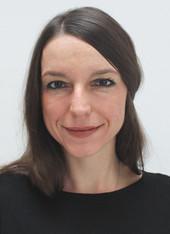So-called large language models (LLMs) are designed to recognise, understand and reproduce language. An LLM trained with appropriate data can generate speech based on predictions. The best-known example of LLMs is GPT-3.5 from OpenAi. Sub-Saharan Africa and Europe have a difficult time developing large language models. Common reasons include the diversity of spoken languages and a lack of available data for training LLMs. The ongoing development of AI models promises a far-reaching increase in efficiency and facilitates access to medical diagnoses.
Initial developments of LLMs in regionally dominant languages are focussing on those languages that cover the largest markets. This could reduce linguistic diversity in the digital space. Especially the African continent could be impacted. Around a third of all languages spoken worldwide originate from sub-Saharan Africa. Estimates put the total number of African languages at between 1,000 and 2,000. There are currently 75 African languages, spoken by one million or more people. Many of the up to 2,000 languages exist only in oral tradition; there are often no standardised written traditions, let alone digitised data sets. As LLM development is very complex and costly, many people are calling for the development of digitalised data sets. As LLM development is very complex and costly, many fear that numerous smaller languages will be increasingly squeezed out of the digital space over time. Innovative, efficiency- and participation-enhancing AI solutions already exist and offer great potential for human and economic development in sub-Saharan Africa, but require good framework conditions. In order to promote the dissemination of AI applications, increased cooperation with data collection institutions is recommended, and consideration should also be given to promoting liberal data protection regulations among political partners.
Read the entire analysis: "KI in Subsahara-Afrika. Ein Afrofuturismus ohne afrikanische Sprachen?" here as PDF.
Topics
About this series
The series informs in a concentrated form about important positions of the Konrad-Adenauer-Stiftung on current topics. The individual issues present key findings and recommendations, offer brief analyses, explain the Foundation's further plans and name KAS contact persons.




